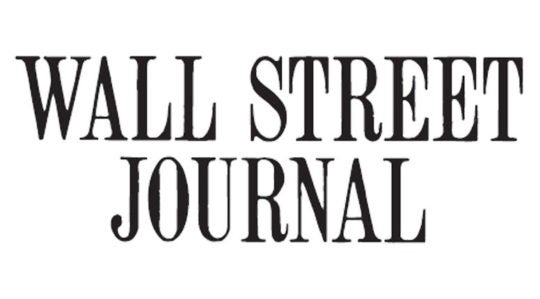WASHINGTON—American shoppers pulled back on spending in September, signaling a key support for the U.S. economy this year could be softening amid a broader global economic slowdown.
Retail sales, a measure of purchases at stores, at restaurants and online, decreased a seasonally adjusted 0.3% in September from a month earlier, the first monthly decline since February, the Commerce Department said Wednesday. Excluding autos, retail sales were down 0.1% in September.
Economists surveyed by The Wall Street Journal expected a 0.2% increase in both total sales and in sales apart from autos.
Wednesday’s report suggests consumer spending was on less solid footing, amid concerns that trade tensions are weighing on the global economy and dampening consumers’ outlook.
Consumer spending is the main driver of the U.S. economy, accounting for more than two-thirds of economic output.
September’s decrease in sales was driven in part by a 0.9% decline in spending on vehicles, which reflects a pullback from a strong 1.9% gain in August.
The slowdown in retail sales follows recent data that have signaled uncertainties around trade are weighing on other parts of the global economy. Personal consumption expenditures-a separate measure of U.S. consumer spending-slowed more than expected in August. Manufacturing- and service-sector activity in the U.S. and eurozone has also seen a slowdown. Meanwhile, a survey from the University of Michigan found U.S. consumers were feeling more positive in early October, but were still cautious.
Forecasting firm Macroeconomic Advisers predicted last week that U.S. gross domestic product grew at a 1.4% seasonally adjusted annual pace in the third quarter, compared with a 2.0% annual rate in the second quarter and a 3.1% pace in the first.
While retail sales can be volatile from month to month, the broader trend this year shows steady growth. Retail sales rose in August by a revised 0.6%, more than previously estimated. Sales increased 1.5% in the July-through-September period compared with the previous three months, as consumers have been buoyed by an unemployment rate at a half-century low and prices that have risen modestly despite a U.S.-China trade war that only recently showed signs of easing.
Trey Kraus, owner and president at Carltons Men’s and Women’s Apparel in Rehoboth Beach, Del., said he raised prices on almost every item in his store because of U.S. tariffs placed on Chinese imports. The store carries upscale clothing, and Mr. Kraus said the higher prices have deterred some of his customers from buying multiple items at once.
“Even though our business is up year over year, without the [price] increases, I would’ve anticipated five to 10% more in volume than what we are experiencing,” Mr. Kraus said.
Still, he characterized the store’s foot traffic as strong and said he has an optimistic outlook into the first quarter of 2020.
“I believe consumer confidence is still high in spite of a lot of the news that’s out there,” he said. “I don’t know what the statistics say, but that’s what I’m experiencing.”
To read original article, click here

